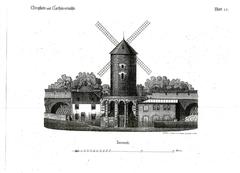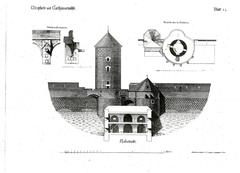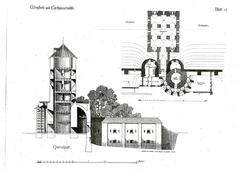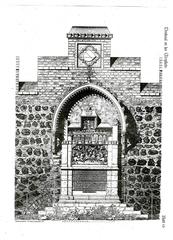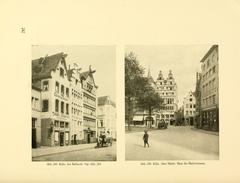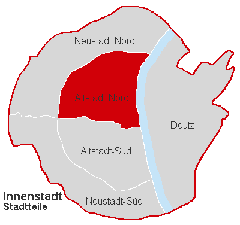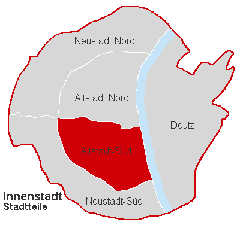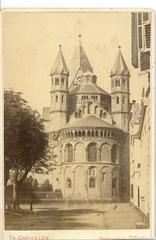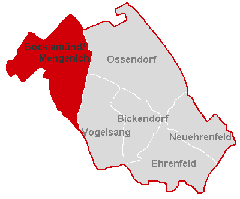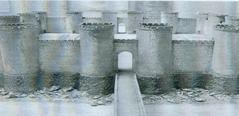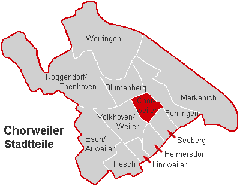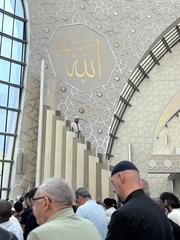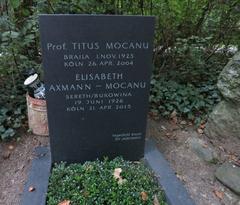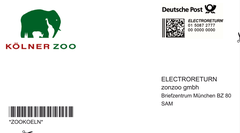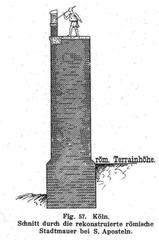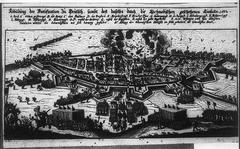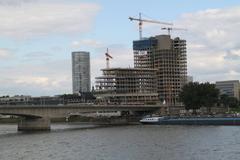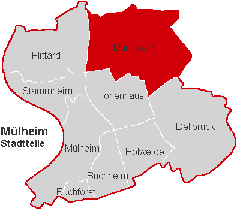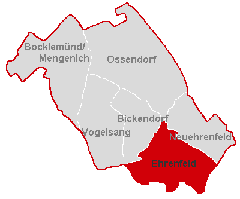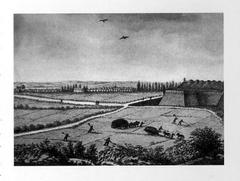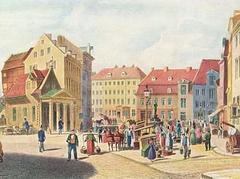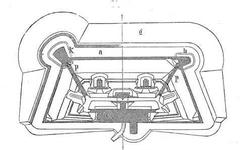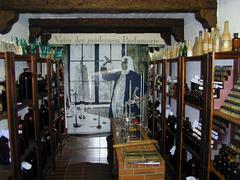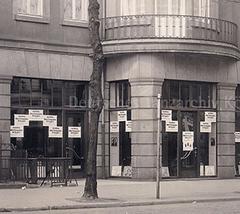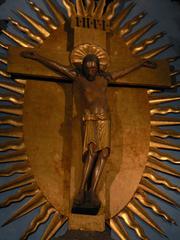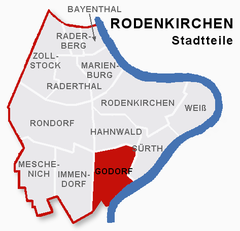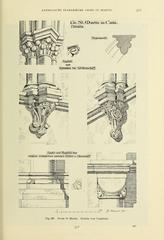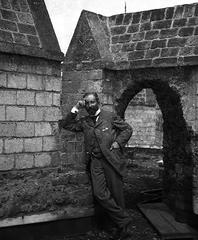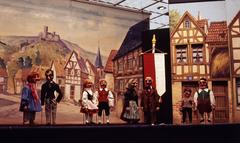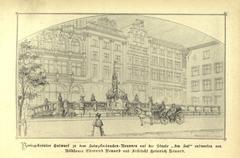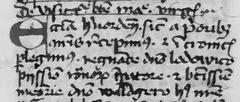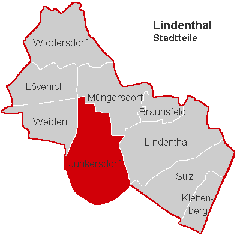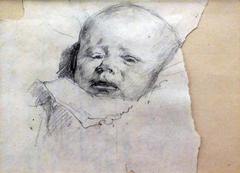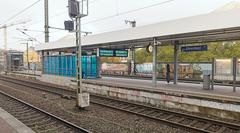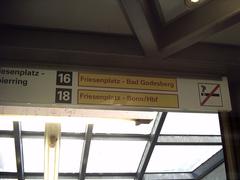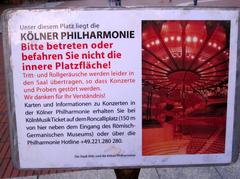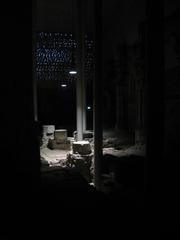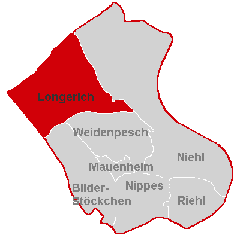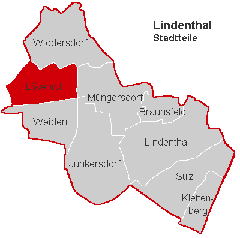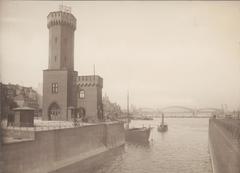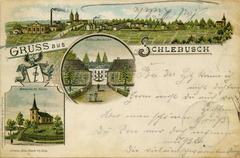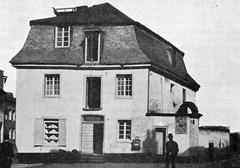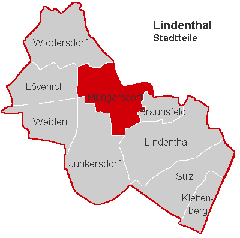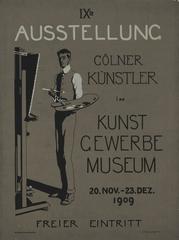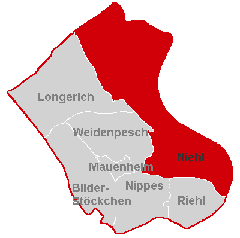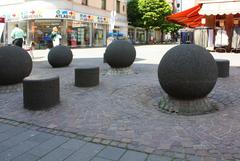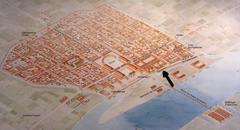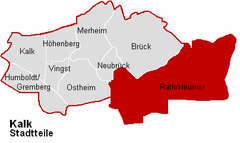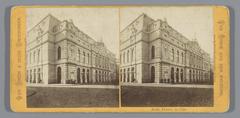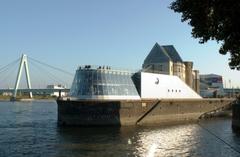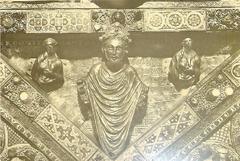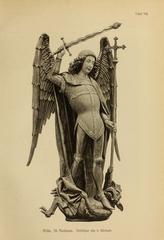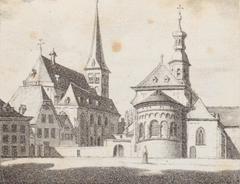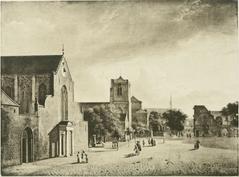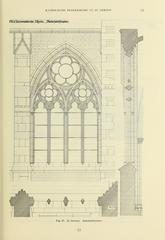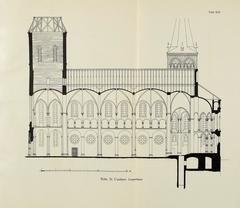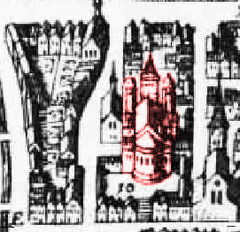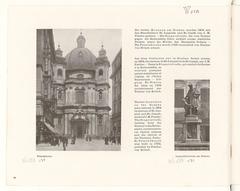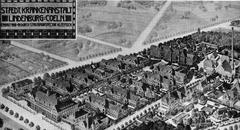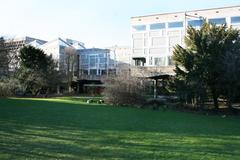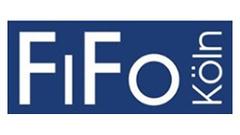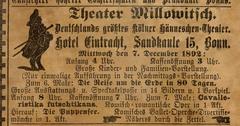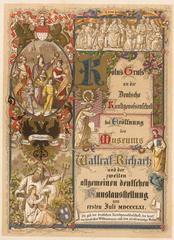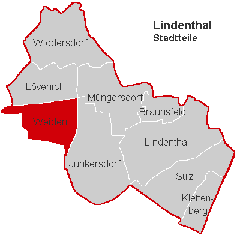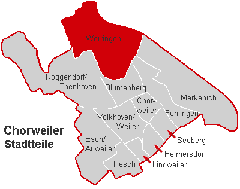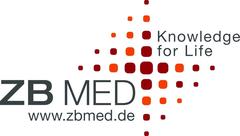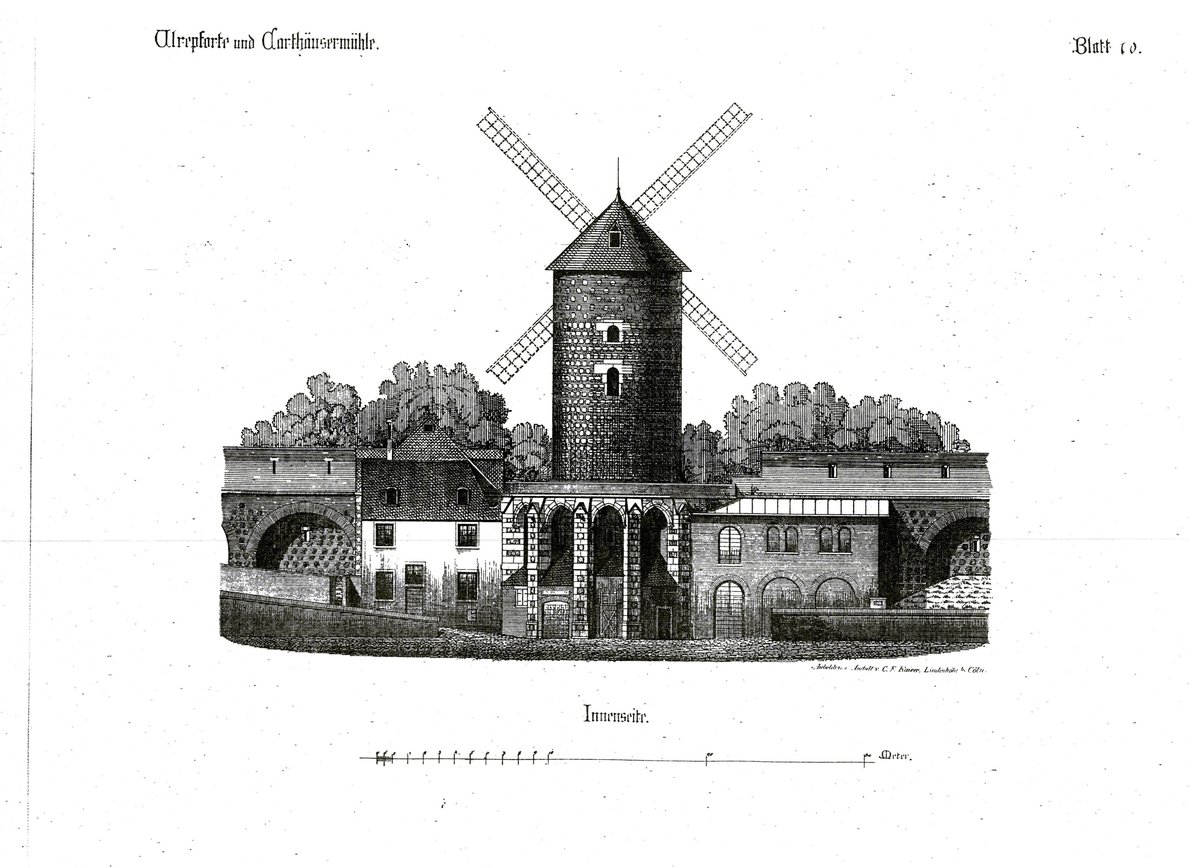
Visiting Ulrepforte: Hours, Tickets, and Historical Insights
Date: 19/07/2024
Introduction
Ulrepforte, also known as the Ulrep Gate, is one of the twelve medieval city gates of Cologne, Germany. This historic monument, adorned with an owl motif, is a testament to the city’s rich medieval heritage and architectural ingenuity. Constructed in the early 13th century, Ulrepforte served as a pivotal entry and exit point for goods and travelers, reflecting Cologne’s strategic importance during the Middle Ages. Visitors to Ulrepforte can explore its robust stone walls, imposing towers, and intricate architectural details, all of which offer a captivating glimpse into the city’s past. Located in the southern part of Cologne’s old town, Ulrepforte is easily accessible and serves as a key highlight on the city’s historic walking tours. This comprehensive guide will provide an in-depth look at Ulrepforte’s history, architectural significance, and visitor information, ensuring you make the most of your visit. For more details on planning your visit, you can refer to the official Cologne tourism website.
Table of Contents
- Introduction
- Origins and Early History
- Architectural Significance
- Role in Cologne’s Defense
- Historical Events
- Restoration and Preservation
- Modern-Day Significance
- Visitor Information
- Frequently Asked Questions (FAQ)
- Conclusion
Origins and Early History
Ulrepforte, deriving its name from the German word “Ulre,” meaning “owl,” was constructed in the early 13th century, around 1220, as part of Cologne’s fortification efforts. Positioned strategically on the southern side of the city, it served as a critical entry and exit point for goods and travelers.
Architectural Significance
The gate is a stellar example of medieval military architecture, featuring thick walls, a central archway flanked by two imposing towers equipped with arrow slits and machicolations. The owl motif, symbolizing wisdom and vigilance, sets Ulrepforte apart from other city gates, showcasing the craftsmanship and artistic skills of medieval builders.
Role in Cologne’s Defense
During the Middle Ages, Cologne was a bustling commercial hub, necessitating a comprehensive fortification system. Ulrepforte played a crucial role, serving as a defensive stronghold and checkpoint for goods entering and leaving the city. Manned by a garrison of soldiers trained in various defensive tactics, the gate’s towers provided an elevated vantage point for spotting approaching threats.
Historical Events
Ulrepforte has witnessed significant historical events, including the 1268 battle between Archbishop Engelbert II of Falkenburg and the citizens of Cologne, and its role in the Cologne War (1583-1588) between Protestant and Catholic factions within the Holy Roman Empire. Despite the turmoil, Ulrepforte remained a symbol of the city’s resilience.
Restoration and Preservation
Over the centuries, Ulrepforte has undergone several restoration phases. In the 19th century, efforts focused on repairing damaged stonework and preserving the owl motif. During World War II, the gate sustained damage from aerial bombardments, but post-war restoration ensured its survival. Today, Ulrepforte stands as a testament to Cologne’s rich history and architectural heritage.
Modern-Day Significance
Today, Ulrepforte is a popular tourist attraction and a symbol of Cologne’s medieval past. The gate is part of the city’s historic walking tours, offering visitors a glimpse into the architectural and military history of the Middle Ages. The surrounding area has been developed into a public park, providing a scenic backdrop for the gate and enhancing its appeal as a cultural landmark. Ulrepforte also serves as a venue for various cultural events and festivals, celebrating Cologne’s heritage and traditions.
Visitor Information
Location
Ulrepforte is located in the southern part of Cologne’s old town, easily accessible by public transportation. The nearest tram stop is “Ulrepforte,” served by lines 15 and 16.
Opening Hours
The gate is open to the public year-round. Check the official Cologne tourism website for any scheduled events or maintenance work that might affect access.
Tickets
Entry is generally free, but some guided tours may charge a fee. It’s advisable to book tickets in advance for special events or tours.
Guided Tours
Consider joining a guided tour to learn more about the history and significance of Ulrepforte. Tours are available in multiple languages and provide in-depth insights into the gate’s architectural features and historical context.
Photography
Ulrepforte offers excellent photo opportunities, especially during the golden hour. Be sure to capture the intricate details of the owl motif and the surrounding landscape.
Nearby Attractions
Combine your visit to Ulrepforte with other nearby attractions, such as the Cologne Cathedral, the Roman-Germanic Museum, and the Chocolate Museum.
Frequently Asked Questions (FAQ)
What are the visiting hours for Ulrepforte?
Ulrepforte is generally open year-round. Check the official tourism website for specific hours and any maintenance closures.
How do I get tickets for Ulrepforte?
Entry is usually free, but guided tours may have a fee. Tickets can be booked online through the official tourism website.
Are there any special events at Ulrepforte?
Yes, Ulrepforte hosts various cultural events and festivals throughout the year. Check the official tourism website for the event calendar.
Conclusion
Ulrepforte stands as a monumental relic of Cologne’s medieval past, offering visitors an enriching journey through history and architecture. From its origins in the 13th century to its role in the city’s defense and its survival through numerous historical events, Ulrepforte embodies the resilience and cultural heritage of Cologne. Today, the gate is not only a popular tourist attraction but also a symbol of the city’s medieval charm. Whether you’re a history enthusiast, an architecture aficionado, or a casual traveler, Ulrepforte provides a unique and insightful experience. Don’t miss the opportunity to explore this historical gem, capture its beauty through photography, and participate in guided tours to gain deeper insights. Plan your visit today and immerse yourself in the medieval allure of Ulrepforte. For the latest updates and event information, visit the official Cologne tourism website.
